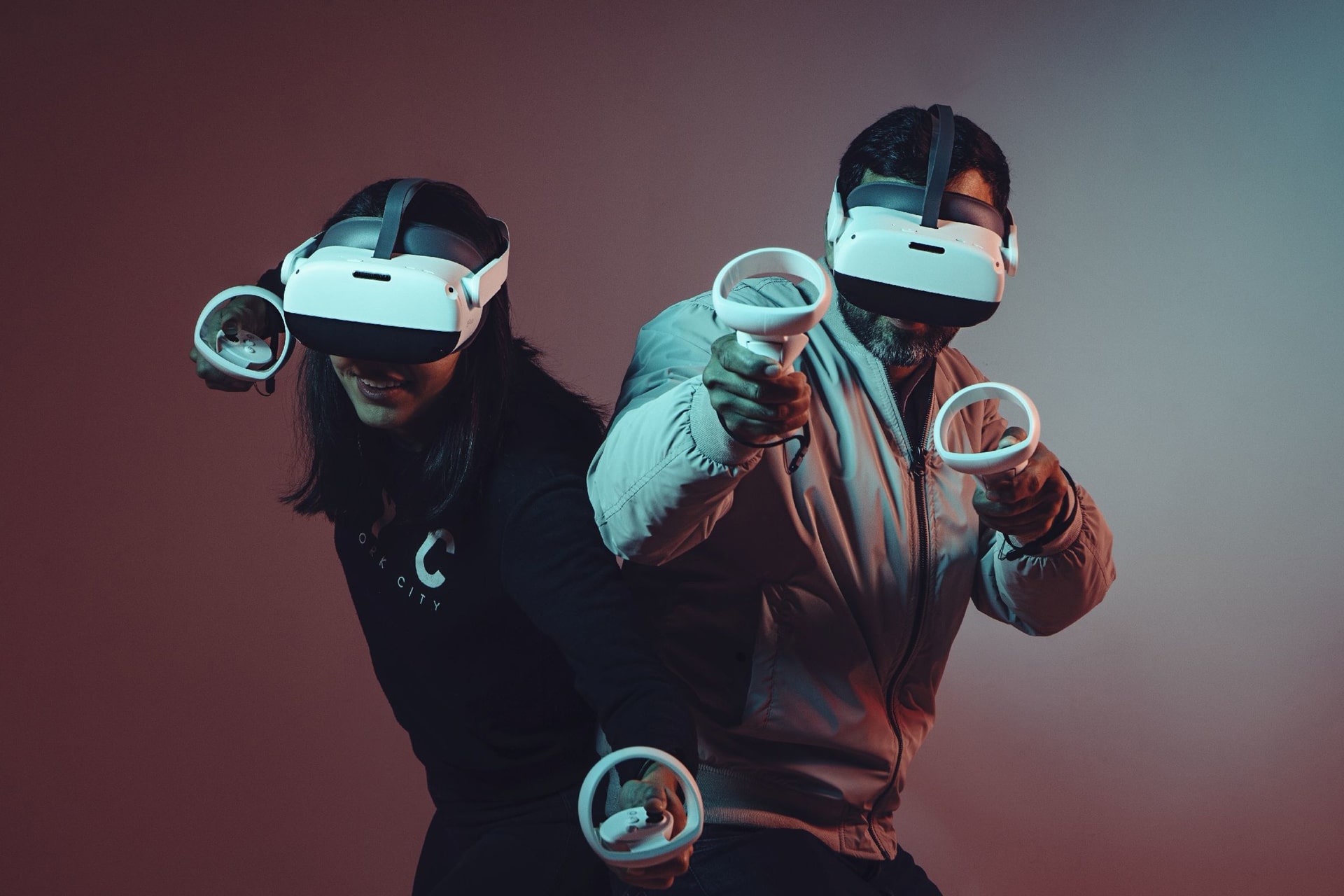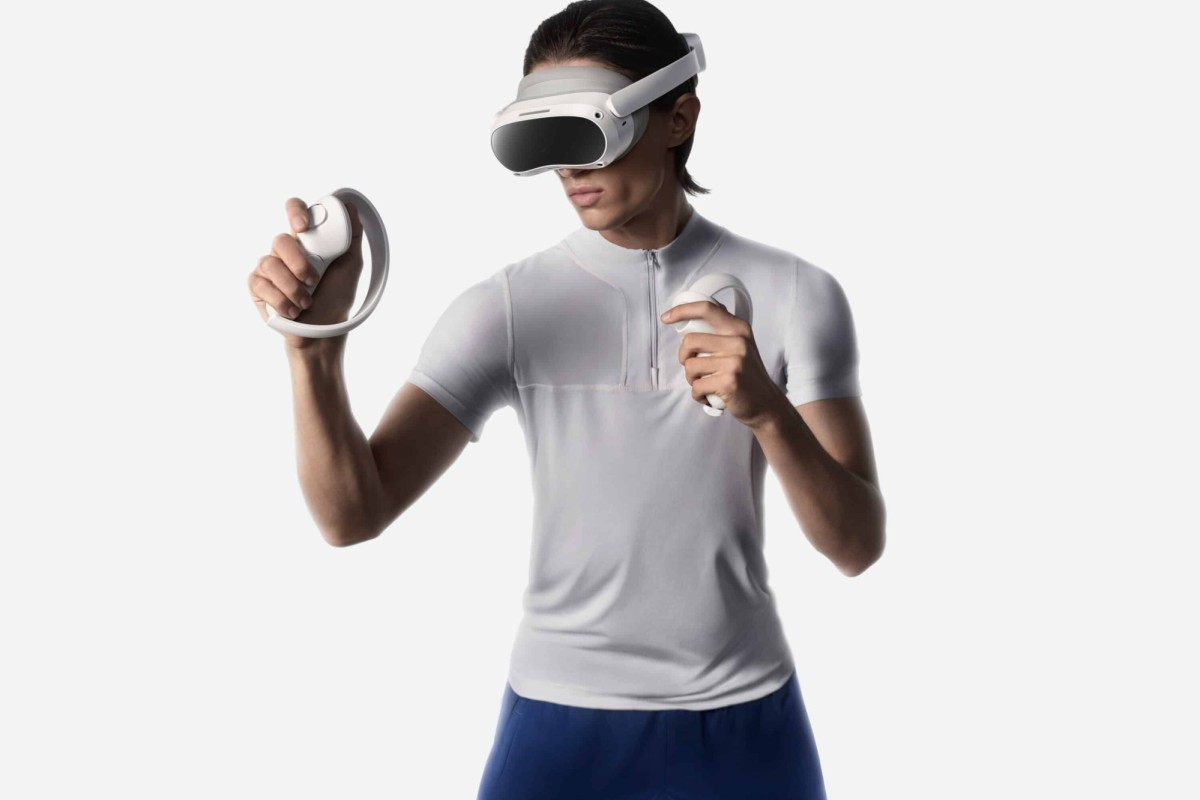Meta currently dominates both social media and virtual reality hardware, but ByteDance, the parent company of TikTok, is set to enter the competition. ByteDance recently acquired XR company Pico and is preparing to launch the Pico 4S (or Pico 4 Ultra in some regions), a mixed-reality headset.
The new headset features upgraded pass-through cameras, redesigned controllers, and wearable wrist sensors for hand tracking, signaling ByteDance’s ambitions in the virtual reality market. While it remains unclear how this product fits into ByteDance’s broader strategy, it could potentially lead to a more immersive TikTok experience or other ventures in the VR space.
A standout feature of the Pico 4S is the stereoscopic front cameras, which improve the pass-through experience, enhancing immersion in mixed reality. The front of the headset has been slightly redesigned while keeping the same familiar appearance.

The rear-mounted battery, praised in previous models for comfort and balance, remains, demonstrating ByteDance’s attention to user comfort and experience while enhancing the headset’s technology.
The Pico 4S also introduces wrist straps with sensors for improved hand tracking, allowing users more flexibility and precision without needing handheld controllers. These detachable wrist straps add to the versatility of the device, making it suitable for various uses, from gaming to professional applications. The ring-less controllers, which resemble those of the Pico 4, further enhance the device’s adaptability.
Internally, the Pico 4S is expected to use the Snapdragon XR2 Gen 2 chipset, the same processor as in the Meta Quest 3, representing a significant performance boost from the Pico 4. With 12 GB of RAM, the headset promises smooth and efficient handling of demanding mixed reality experiences.
It will likely retain the dual 2160 x 2160 LCD screens, 90 Hz refresh rate, and motorized inter-pupillary distance adjustment, ensuring a personalized and high-quality user experience.
Despite these upgrades, the Pico 4S maintains a compact and lightweight design, ensuring comfort during extended use. Features such as spatial audio and inter-pupillary distance adjustment contribute to the user-friendly nature of the device.
Initially limited in availability, the Pico 4’s success suggests that the Pico 4S may be more widely released, potentially entering the US market and challenging Meta’s dominance with its refined design, advanced features, and competitive pricing, driving further innovation in the mixed reality space.







Leave a Reply